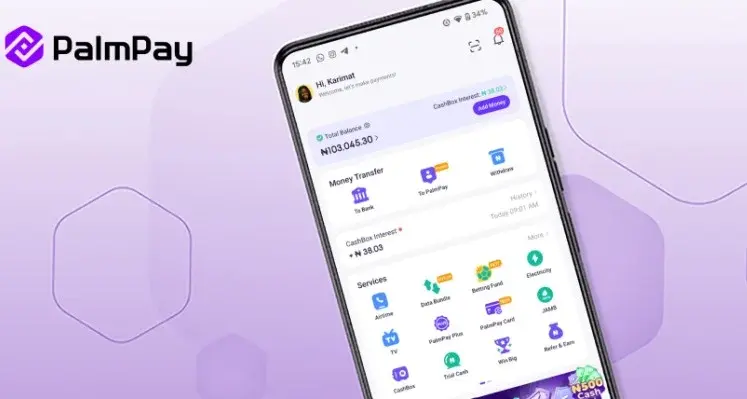Telecommunications companies are uncovering new market potential in machine-to-machine (M2M) communication.
div style="font-family: Arial; color: #000000; font-size: 12pt;">Telecommunications companies are uncovering new market potential in machine-to-machine (M2M) communication.
But if they are to exploit this potential, they need to expand their existing process frameworks by adding M2M platforms in order to become independent from existing service processes and infrastructures. These platforms connect the transport levels with the M2M applications.
“Mobile network provider’s and operator’s current process landscapes have been designed with typical consumers and voice-oriented business customers in mind. They were not designed to meet the specific process requirements of enterprises that want to integrate M2M solutions into their own production and customer-oriented processes and make them more efficient. While services for a mass market are largely standardized, M2M projects are usually highly customized,” says Stefan Gärtner, Managing Consultant at Detecon International. That is why a simple adaptation of the current operational processes at telecom operators is insufficient: “Telecommunication providers that want to benefit from the growing M2M market will rebuild platforms and processes.”
Detecon recommends the creation of a “M2M enabling unit” (M2ME) as the core element of a M2M process framework. Such unit acts as a mediator between the telecommunications networks and the M2M applications, hiding the complexity of the telecommunications networks to M2M providers.
Complex provisioning or service management processes are made easy through an Internet portal with just a few mouse clicks. If, for example, a security company needs several hundred SIM cards for their alarm systems, it can easily use an API suited for bulk operations – avoiding a tedious manual activation process that usually applies for private customers. Once the SIM cards have been activated by the M2ME, a real-time report will show the status of the alarm systems. “Using automated business processes, the M2ME decouples the M2M business from the existing network operator standard processes,” says Stefan Gärtner. “That saves time and reduces costs.”
Potential of the M2M growth market
Detecon assumes that the growth rates for the European M2M market will be in double digits until 2013. Examples of wireless M2M solutions include hand-held devices to transmit warehouse and cash inventory data, or portable devices that send real-time data from medical equipment. Other M2M applications are intelligent power meters which transmit their readings straight to the utility company, or household appliances which can be controlled by cell phone.
According to an analysis performed by Detecon, six industry sectors produce more than 80 per cent of the communication revenues of the M2M market: automotive, logistics, retail and financial services, industrial and security technology, facility management, and utilities. Currently, connected consumer electronics such as e-book readers, cameras or music and video players still play a minor role. But Detecon believes that this will soon change. Already, one out of five portable consumer electronic devices is M2M enabled. This proportion continues to grow rapidly. “Therefore operators do benefit from adapting their process frameworks and networks to meet the requirements of machine communication,” recommends Gärtner. “This ensures success to enter these new, additional M2M markets besides the current mobile mass market.”






















